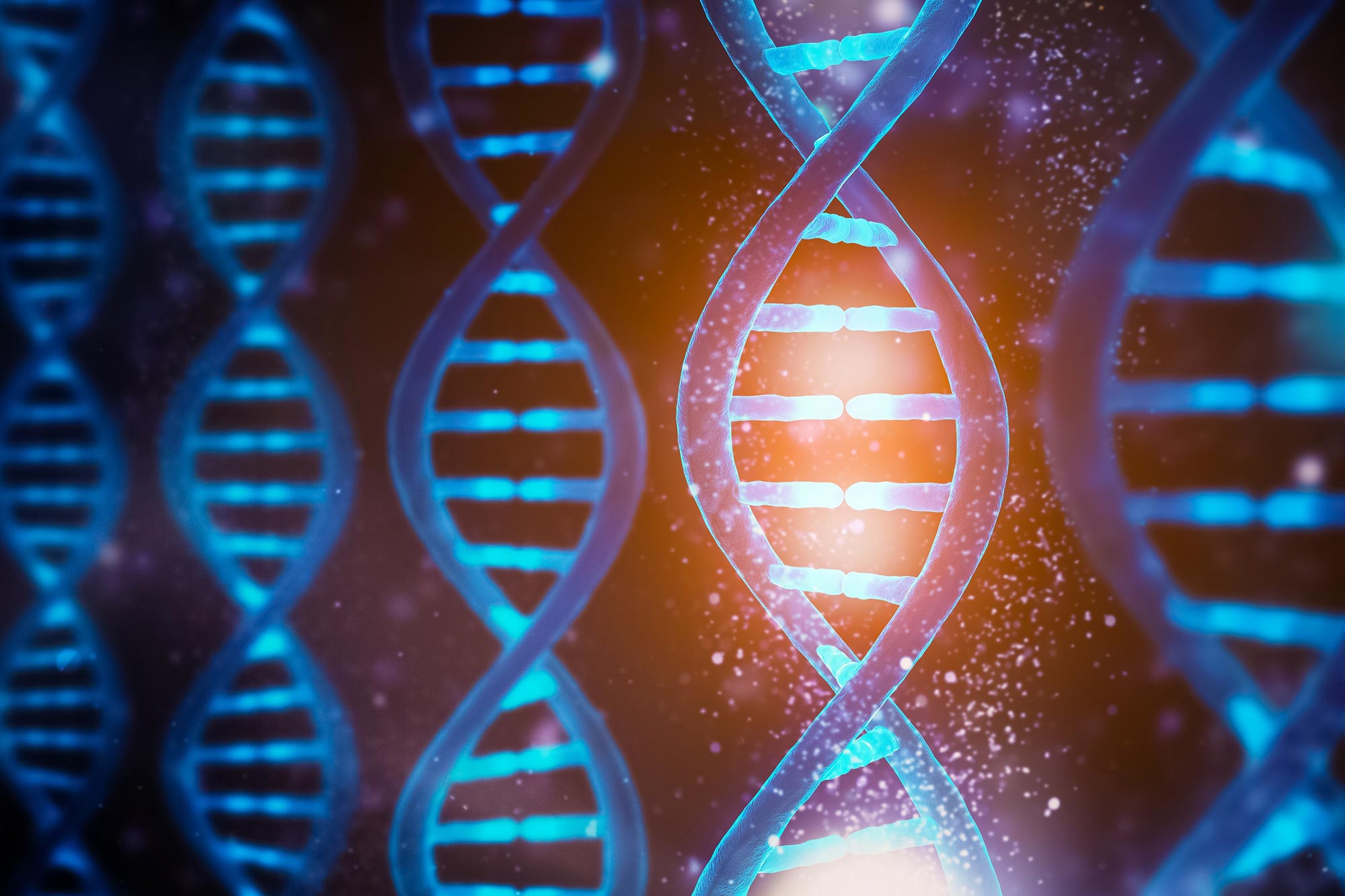
Biochemists use protein engineering to transfer photocass groups to DNA.
DNA (deoxyribonucleic acid) is the basis of life on earth. The function of DNA is to store all the genetic information that an organism needs to develop, function and reproduce. It is essentially a biological manual found in every cell.
Biochemists at the University of Münster has now developed a strategy to control the biological functions of DNA using light. This enables researchers to better understand and control the various processes that take place in the cell – for example epigenetics, the most important chemical change and regulatory leverage in DNA.
The results were published in the journal Applied Chemistry.
Background and methodology
The functions of the cell depend on special molecules, the enzymes. Enzymes are proteins that carry out chemical reactions in the cell. It helps to synthesize metabolic products, makes copies of the DNA molecules, converts energy for the activities of the cell, changes DNA epigenetically and breaks down certain molecules.
A team of researchers led by prof. Andrea Rentmeister from the Institute of Biochemistry at the University of Münster used a so-called enzymatic cascade response to better understand and detect these functions. This sequence of successive reaction steps with different enzymes makes it possible to transfer so-called photocap groups – chemical groups, which can be removed by irradiation with light – to DNA. Previously, studies have shown that only small residues (small modifications such as methyl groups) can be very selectively transferred to DNA, RNA (ribonucleic acid) or proteins.
“Because of our work, it is now possible to transfer larger residues or adaptations, such as the so-called photocopy groups,” explains Nils Klöcker, one of the main authors of the study and a PhD student at the Institute of Biochemistry. In collaboration with the structural biologist prof. Daniel Kümmel, who also works at the Institute of Biochemistry, was also able to explain the basis for the changed activity at the molecular level.
Using so-called protein engineering – a method for which a Nobel Prize was awarded in 2018 – the researchers from Münster designed one enzyme in the cascade, which makes it possible to turn DNA functions on and off by means of light. Using protein design, it was possible to expand the substrate spectrum of enzymes – in this case methionine adenosyltransferases (MATs). In their work, the researchers examined two MATs. The modifications carried out provide a starting point for the development of other MATs with an extended substrate spectrum.
“The combination of these MATs with other enzymes has potential for future cellular applications. This is an important step in implementing in-situ generated, non-natural substances for other enzymes in epigenetic studies, ”says Andrea Rentmeister.
Reference: “Made SAM syntheses for enzymatic generation of AdoMet analogs with photocass groups and reversible DNA modification in cascade reactions” by dr. Freideriki Michailidou, Nils Klöcker, Nicolas V. Cornelissen, dr. Rohit K. Singh, Aileen Peters, Anna Ovcharenko, Prof. Dr. Daniel Kümmel and prof. Dr. Andrea Rentmeister, 5 October 2020, Applied Chemistry.
DOI: 10.1002 / anie.202012623
Funding: The study received financial support from the German Research Foundation (DFG), the European Research Council (ERC) and the network “IRTG Münster-Toronto”.
